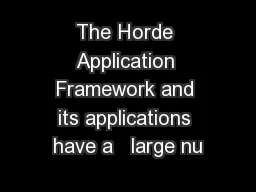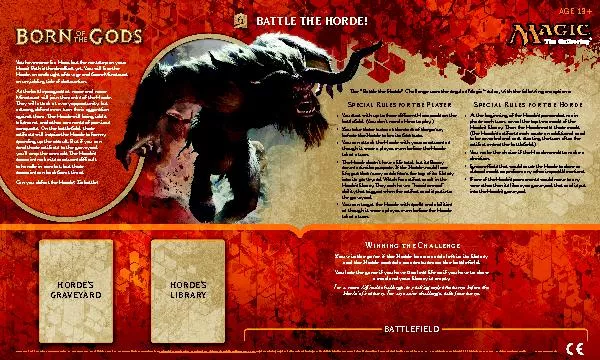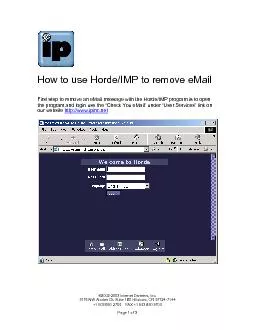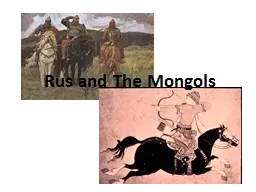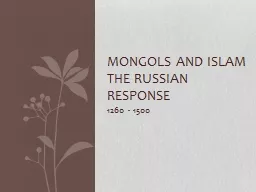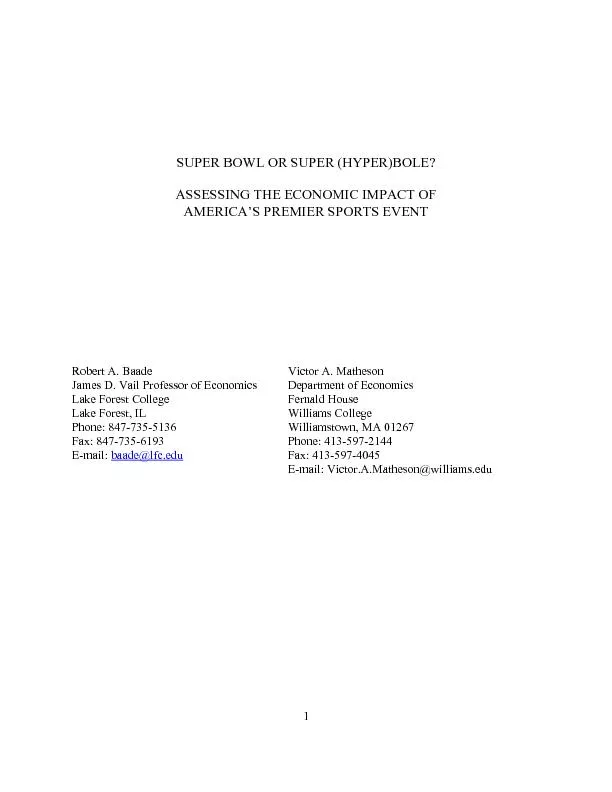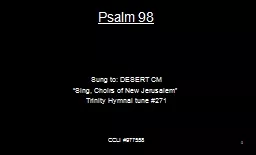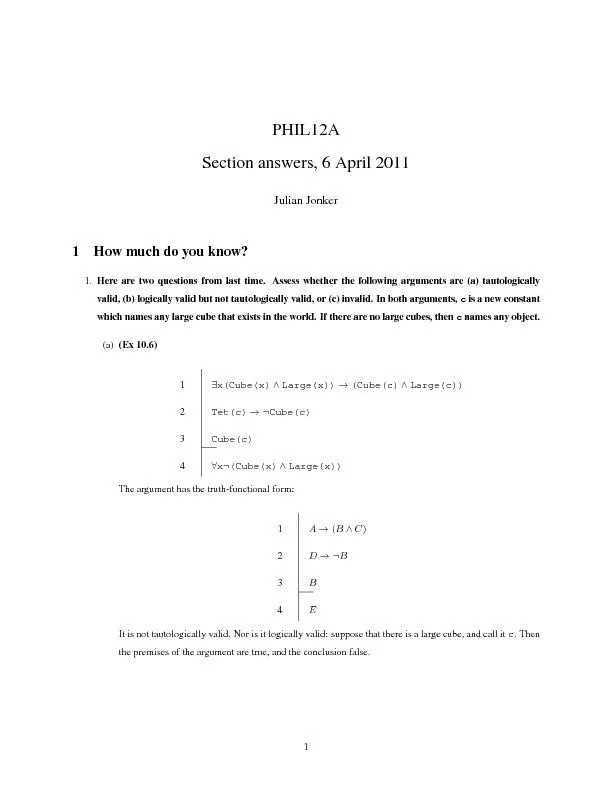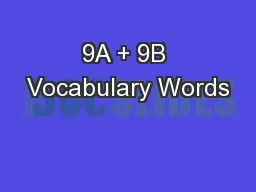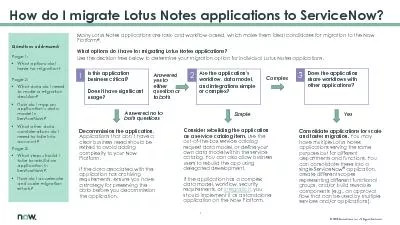PDF-The Horde Application Framework and its applications have a large nu
Author : yoshiko-marsland | Published Date : 2015-08-08
hordephp is the main Horde configuration file This is where you configure global options like thedebugging level and all of the global Horde backends such as preferences
Presentation Embed Code
Download Presentation
Download Presentation The PPT/PDF document "The Horde Application Framework and its ..." is the property of its rightful owner. Permission is granted to download and print the materials on this website for personal, non-commercial use only, and to display it on your personal computer provided you do not modify the materials and that you retain all copyright notices contained in the materials. By downloading content from our website, you accept the terms of this agreement.
The Horde Application Framework and its applications have a large nu: Transcript
Download Rules Of Document
"The Horde Application Framework and its applications have a large nu"The content belongs to its owner. You may download and print it for personal use, without modification, and keep all copyright notices. By downloading, you agree to these terms.
Related Documents

